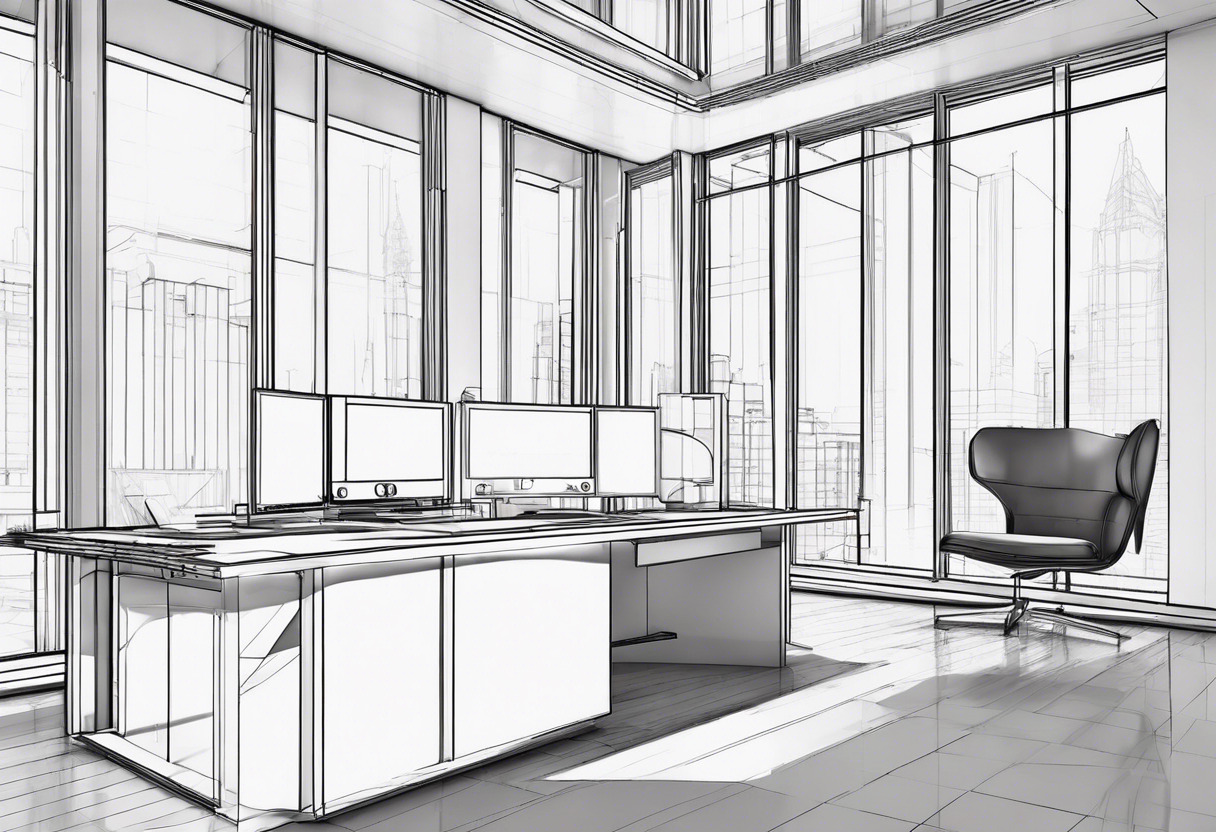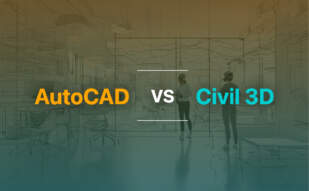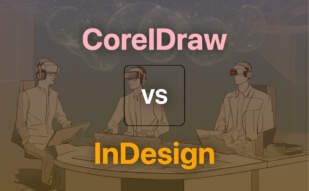Between CorelDRAW and AutoCAD, your choice should depend on your industry sector and design needs. CorelDRAW outshines for vector illustration, enhanced design workflow, and a mix of subscription and one-time purchase options. Conversely, AutoCAD excels for technical accuracy, automation, and wide adaptability in industries from animation to construction.

Key Differences Between CorelDRAW and AutoCAD
- Objectives: AutoCAD focuses on computer-aided design and drafting while CorelDRAW provides a robust design suite for vector illustrations, layout, photo edits, and typography.
- Customization: AutoCAD supports APIs allowing customization and feature additions. CorelDRAW’s advanced features are exclusive to subscribers.
- Versatility: AutoCAD has a broader utility across diverse industries like aerospace, animation whereas CorelDRAW concentrates on graphic art, web and textile design.
- Pricing: AutoCAD only offers subscription pricing, whereas CorelDRAW provides both subscription and one-time purchase options.
| Comparison | CorelDRAW | AutoCAD |
|---|---|---|
| Application | Professional design suite for vector illustration, layout, photo editing, and typography | Computer-aided design and drafting software for 2D and 3D drawings |
| Use Cases | Retail, e-commerce, engineering, manufacturing, construction, illustration, art | Architecture, animations, engineering, construction, entertainment |
| Pricing Model | Subscription and one-time purchase | Subscription |
| New Features | Focus Mode, advanced Print Merge workflow, non-destructive bitmap and vector editing, AI-assisted PowerTRACE, flexible design space and multi-asset export | Drawing and version history feature for tracking design evolution |
| Collaboration | CorelDRAW.app for mobile editing and client collaboration | AutoCAD Architecture, AutoCAD Electrical and AutoCAD Civil 3D for vertical product creation |
| Industry Applications | Brand identity creation, sales tools, large-format printing, apparel and textile design, digital advertising, web design | Construction, entertainment, aerospace, aviation, automotive, fashion, medical devices, oil and gas |
| Compatibility | Windows and Mac | Windows, Mac, iOS and Android |
What Is CorelDRAW and Who’s It For?
CorelDRAW, a professional design suite, offers a toolbox for vector illustration, layout, photo editing, and typography. This powerhouse plant is primarily used by sectors like retail, e-commerce, manufacturing, engineering, construction, illustration, art and more. Its subscription model represents a unique bouquet of new features, support for the latest technologies and content. A pivotal pick for businesses of all sizes and needs, it serves graphic professionals in large corporations, as well as creatives in small ventures alike.

Pros of CorelDRAW
- Flexible design capabilities and robust feature set.
- Cloud-based features, apps, and exclusive content.
- Enhanced design workflow with a flexible design space.
Cons of CorelDRAW
- Learning curve for beginners.
- Subscription may not suit all budgets.
What Is AutoCAD and Who’s It For?
AutoCAD, a trailblazing software by Autodesk established in 1982, facilitates computer-aided design (CAD) and drafting—churning flawless 2D and 3D drawings. Besides being the first CAD program for PCs, its reach expands from architects and engineers to project managers and animators, spurring innovation. Its storied history has seen 31 versions unfold since its release, and its legacy includes vertical products such as AutoCAD Architecture, AutoCAD Electrical and AutoCAD Civil 3D. Today, it roars across sectors—for instance, aerospace, aviation, automotive, fashion, medical devices, and oil and gas.

Pros of AutoCAD
- Enables rapid design calculations and simulations.
- Supports APIs for customization and automation.
- Visualizes high-quality content using 3D animation software.
Cons of AutoCAD
- Costly for individual users.
- Complex features require training.
The Final Showdown: CorelDRAW and AutoCAD
It’s time to reveal the victor amidst the CorelDRAW v/s AutoCAD encounter. Let’s zoom into specific audience segments and understand which technology comes out tops.
Graphics Professionals & Small Businesses
CorelDRAW is your champion. It flaunts a user-friendly interface and a robust feature set perfect for graphic design, photo editing, and typography.
- Affordable subscription with exclusive updates and features
- AI-assisted PowerTRACE for incredible bitmap-to-vector outputs
- CorelDRAW.app for on-the-go editing and collaborations

Engineers, Architects, and Project Managers
With no scope for doubt, AutoCAD reigns for you. With roots dating back to 1982, it offers high-precision 2D/3D design and rendering capabilities.
- APIs for customization and automation
- Deeps roots in construction industry with dedicated AutoCAD variations for Architecture, Electrical, and Civil 3D
- Immense utility for the aerospace, aviation, and automotive sectors

In the battlefield of design and drafting, your choice boils down to function. For vibrant graphic design and user-friendly experience, CorelDRAW leads the pack. Yet for specialized applications, specifically in engineering and architectural paradigm, AutoCAD unravels unmatched prowess.
Hannah Stewart
Content writer @ Aircada, tech enthusiast, metaverse explorer, and coffee addict. Weaving stories in digital realms.





